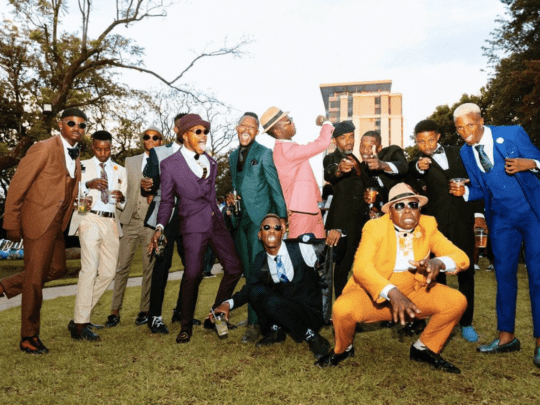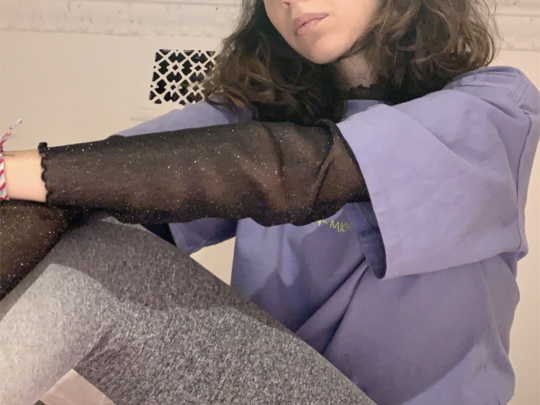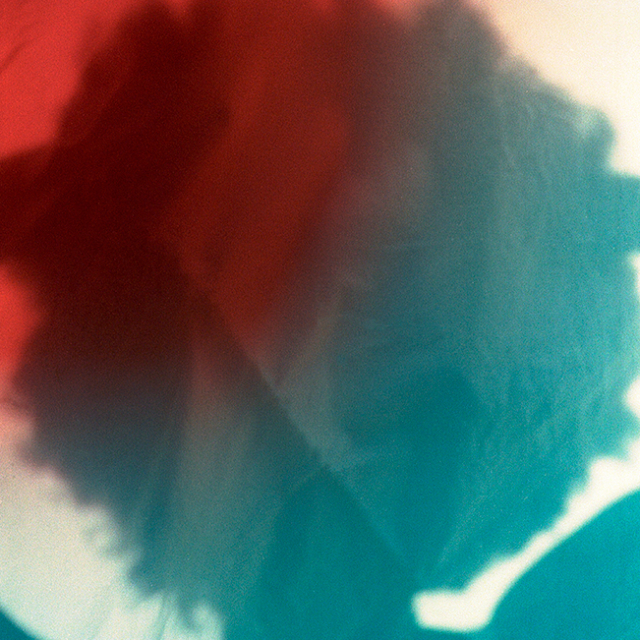Thinking back to London in the 2000s, when I was a little girl, having an Afro was as Black as you could get. Today, it’s still considered the look that reflects true natural Black style.
Growing up in east London was great in the sense that everyday I could see a wonderful catalogue of Black hairstyles. I remember being dragged to the grocery store with my mother and being in awe at so many dark-skinned women with different styles. Some had weaves, others had beaded braids – and I’ll treasure the day I saw a multi-coloured braided updo.
My natural hair texture was kinky and tough, so my mother decided to straighten it for practical reasons. But as I grew older I began to notice how individuals in the Black community simply embraced their natural hair. In fact, they condemned hair straightening. By 2018, aged 20, I felt pressure from both my peers and the media to go natural.
The pressure was something I had never experienced before. It was a feeling of shame and disappointment, constantly weighing on my inner self. I felt ashamed of my straight hair. I felt like a Judas in the Black community. Every time I saw my reflection in a mirror, my mind raced with the repeated thought, “I have let my ancestors down”.
My inner demons finally won out. I decided I had had enough of my internal shame monster. I reached into my bathroom cabinet and grabbed the scissors. Time for my Big Chop.
Once my mother had finished tidying up after the Chop, I looked into the mirror and, to my disbelief, I smiled. No, more than that – I grinned! To see the strength and tenacity of my little mane in its natural state was abruptly, spectacularly, delightfully life changing. The short spirals of each curl on my head each seemed to have an identity of their own. It was an overwhelming moment. Long-nurtured heavy feelings of shame were lifted in an instant, replaced with admiration and awe and a rediscovery of self.







